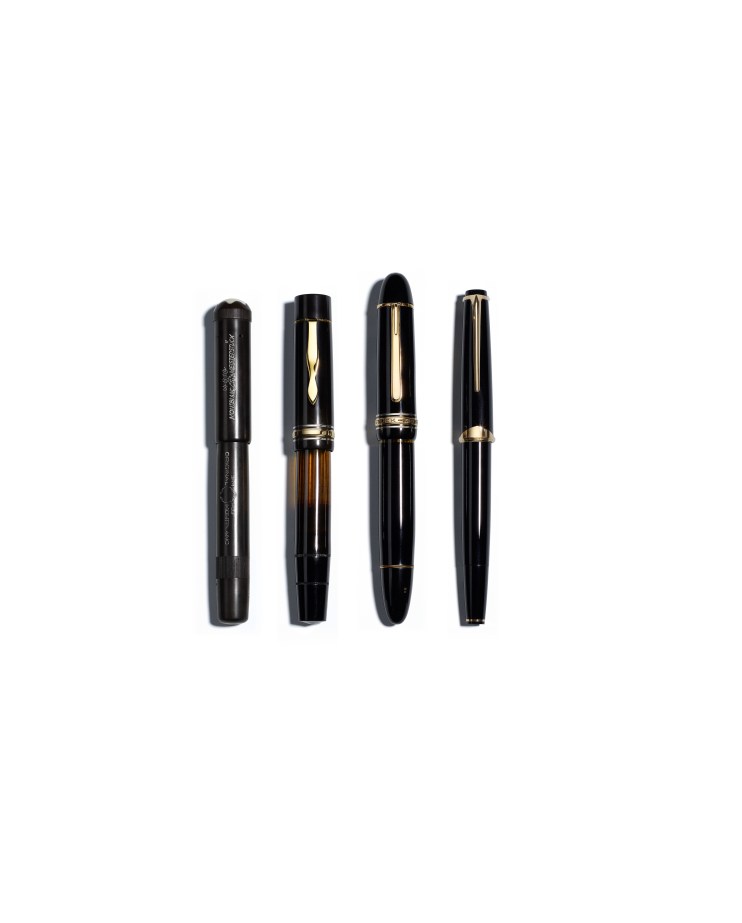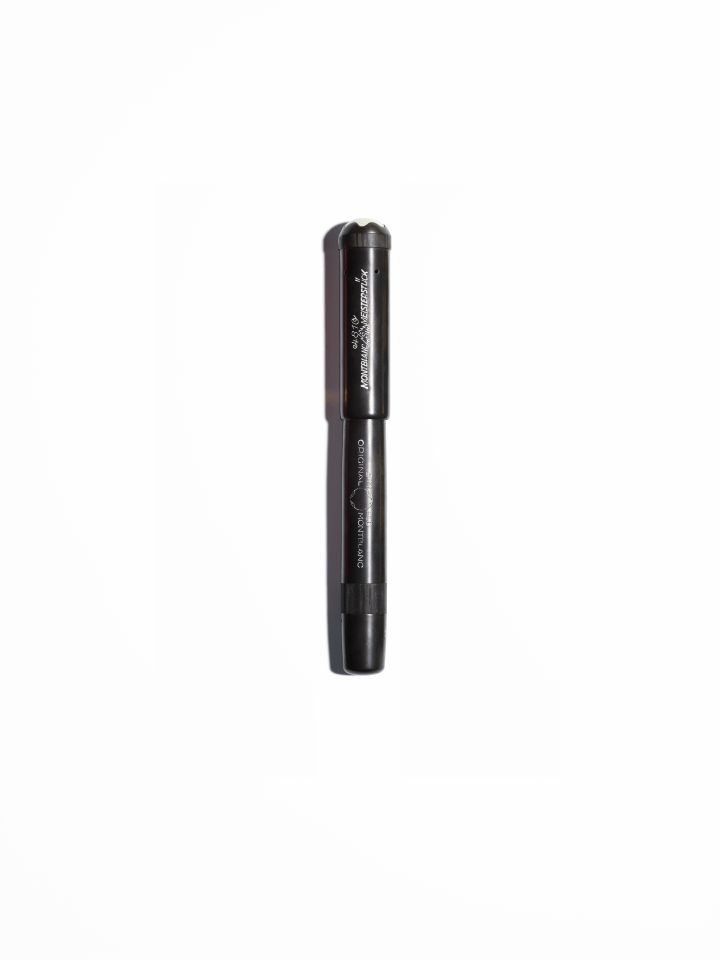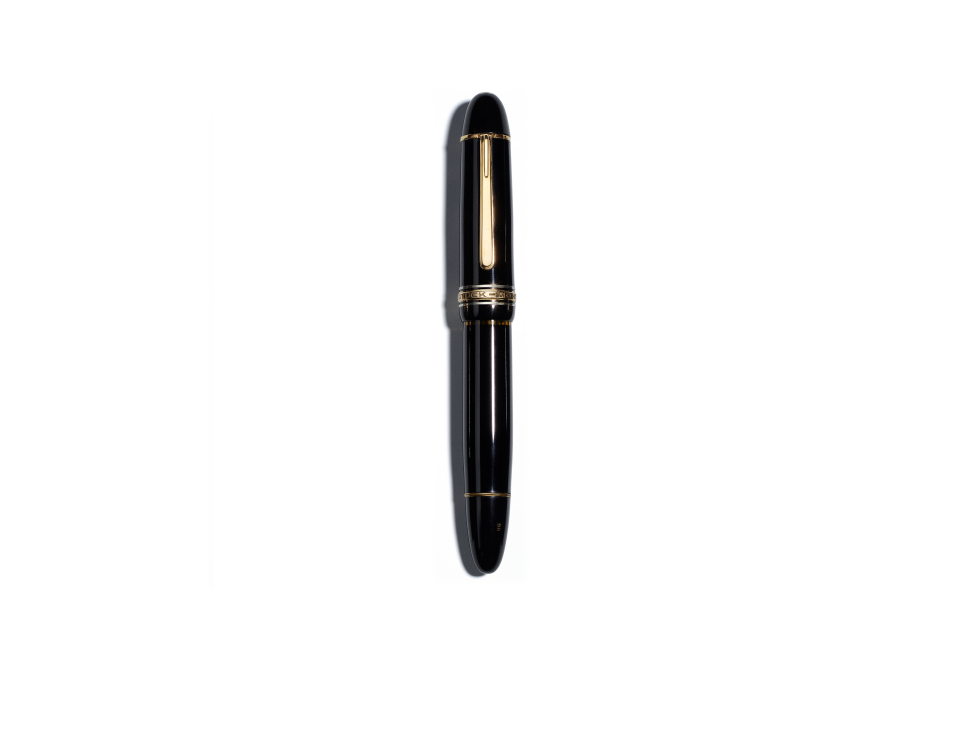100 Years of Meisterstück: History and Design Evolution

In 2024, Montblanc celebrates the 100th anniversary of its icon, the Meisterstück writing instrument. The first Meisterstück was introduced in 1924 when Montblanc still went by its first name, Simplo. The story goes that some customers began to request a writing instrument for “Sunday-use” – one that would be special, offering a finer experience not meant for everyday use. Coincidentally, our craftsmen who had spent years honing their savoir-faire, were already developing their personal projects and creating one-of-a-kind writing instruments for themselves. Because they exhibited highly advanced craftsmanship, these creations were known as Meisterstück, meaning “masterpiece” in German. This fateful coincidence gave rise to the first Meisterstück collection that quickly rose to the status of a cultural icon, one that is still synonymous with Montblanc to this very day.
So iconic was the Meisterstück that although its name was first translated in various markets, soon these translated names were dropped completely and the German Meisterstück became its given name in every market it appeared in.
MEISTERSTÜCK THROUGH THE YEARS
1924 – 1935: EARLY BEGINNINGS
The first Meisterstück writing instrument range was developed by the Simplo Füllfedergesellschaft (later Montblanc-Simplo) in 1924.

Right from the start, the number “4810” – referring to the height of the Mont Blanc mountain in meters – has been intrinsically tied to the Meisterstück. The four digits were prominently shown on its packaging, engraved on the cap, and – since 1930 – on the nib.
Another attribute considered characteristic of Montblanc today was introduced with the Meisterstück – the notable use of the gold colour. It was in 1928 that two gold rings were first added to the cap, not simply as a decorative element, but to strengthen the cap and reduce the risk of cracks.
1935 – 1951: TIME OF DIFFERENTIATION
The years 1934 and 1935 marked the start of a new era for the Simplo Füllfedergesellschaft: the next generation of leaders took over responsibilities and the company was renamed Montblanc Simplo GmbH. With this, several new products and innovations entered the market.
Among them was the first new design released under the Meisterstück line. Its cylindrical shape, a single broad cap ring, bold clip designs, and a two-tone nib ensured the new range could be distinguished from the Meisterstück models of the 1920s.
Meanwhile, 1937 saw the first Meisterstück with three golden rings on the cap be introduced. This recognizable detail is said to represent the three individuals who had the greatest influence in shaping the company in its founding years: Wilhelm Dziambor, Christian Lausen and Claus Johannes Voss.
1949 – 1959: BIRTH OF THE ICON
Around the world, the late 1940s and 1950s were a time of reconstruction and innovation that saw a return to classic values but, simultaneously, the introduction of new influences. The Meisterstück was not exempt from this, presenting an all-new streamlined look, still combined with well-known attributes like the three rings and the nib.
And with the inception of the 149, a true future classic hit the stage in 1952; further novelties like the first Doué models and the softer ‘Wing nib’ completed the portfolio of this era.
1960 – 1976: STYLISTIC DETOUR
From 1960s onward, Montblanc continued evolving its production methods to modern standards and materials, embracing more efficient technologies in response to the new boom of mass production that was occurring across industries.
The “Linie 60” models were made from injection molded resin and featured similar setups throughout all ranges.
Although the new Meisterstück ranges now featured a sleek, modern, ‘jet age’ aesthetic, there was one model that remained unchanged: the timeless 149, with its unmistakable “cigar” shape.
1973 – Today: RETURN TO THE “CIGAR”
In the early 1970s, Montblanc made a decision that could be seen as a precursor to the Maison’s commitment to luxury: the 1950s’ “cigar-shaped” Meisterstück enjoyed a revival beyond the 149 model.

The more edgy Meisterstück designs phased out, while the range of classic, streamlined models grew. In the 1980s, the Solitaire also had its debut.
Since then, it is with great affection for the original design that the Meisterstück’s silhouette has been adapted and reimagined in a multitude of writing modes, been skeletonized, and even become the canvas for celebrated collaborations.
But despite the many variations, this timeless writing instrument has retained its core design codes and continues inspiring as a symbol of writing culture.
WHAT MAKES A MEISTERSTÜCK, A MEISTERSTÜCK?
Some of the most distinguishable characteristics of this writing icon include:
- A “cigar” form
- Montblanc emblem on the cap top
- A nib handcrafted of valuable Au 585/14K or Au 750/18K gold featuring an engraving of ‘4810’ and usually showing a sophisticated two-tone design thanks to a rhodium-coated inlay
- Three gold rings on the cap, representing Lausen, Voss and Dziambor – the three individuals who had the greatest influence in shaping the company in its early years.
Information for Press:
All Information and images are available to download on the Montblanc Press Lounge: https://press.montblanc.com/
Follow us on:


